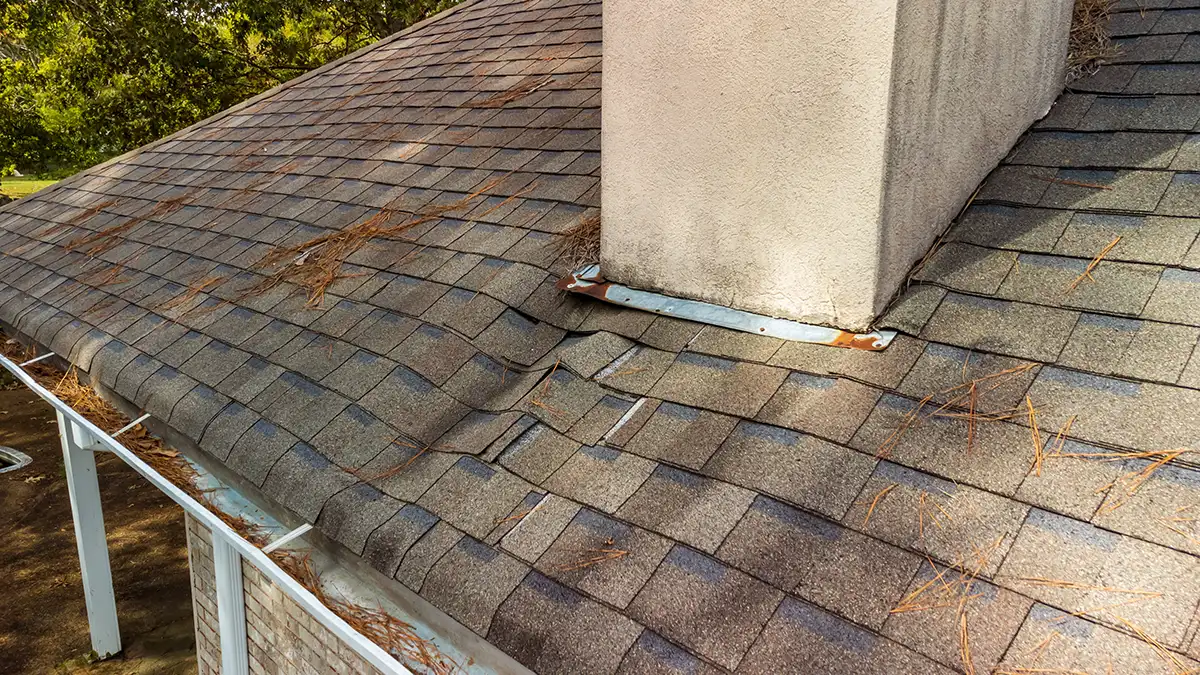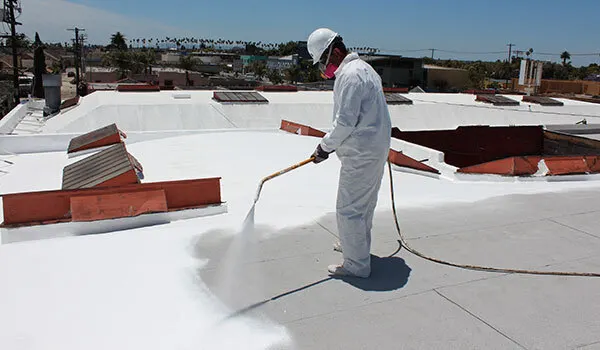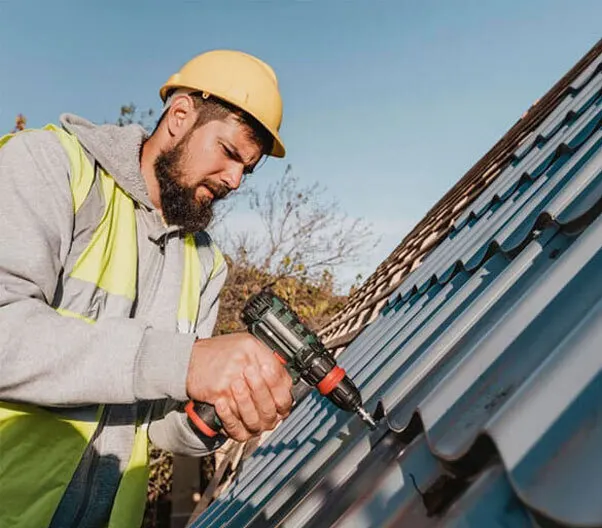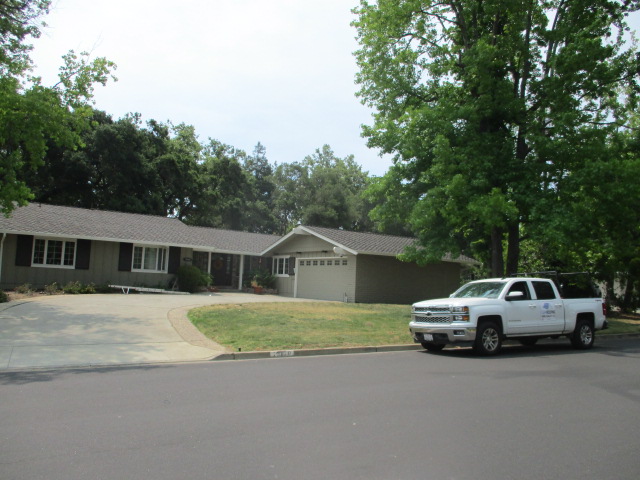Posted by: Jeff Ritchey
Are you ready for the rain?
At a time when some of the country is experiencing record droughts, still other areas have been enduring one of the wettest seasons in history. For those unprepared the repeated downpours, the aftermath can be more than a nuisance. Knowing what to look for to ensure your roof can withstand the onslaught can mean the difference between staying comfortably dry and suffering unforeseen and expensive damage to your home. Answering a few questions posed by trained roof experts can help answer that all important question, “Are you ready for the rain?”
Can you see fiberglass on your composition shingle roof, or have you noticed granule loss?
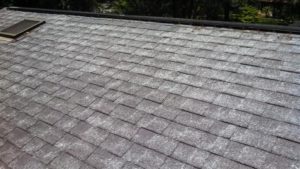
During the shingle manufacturing process, these mineral granules are adhered to the roof shingle surface. Their primary function is to protect the shingle from sunlight, from UV light, and from the weather in general. If you are seeing them, or exposed fiber glass, then damage has been done to your shingles, whether by storm damage, foot traffic, or if the original product is defective. Normal wear and tear on a roof can cause this balding effect, and even new shingles can expose some granules when it rains or after the roof installers walk on it, but if the effect on your shingles is more bald than balding, then it’s time to replace your roof
Do you have areas of ponding water on your roof?
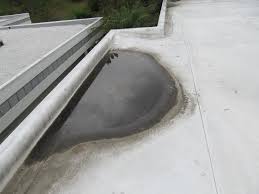
If you have a flat roof, you should be aware they aren’t the best at water drainage, as opposed to sloped roofs. Ponding occurs when drainage fails, and water runs to low points on a flat roof, creating a “pond” of sitting water. The longer these ponds sit on a roof over time, the more likely the damage caused. Granted, all roofs should have a drainage system built in when installed, but there are several factors that can mitigate their effectiveness. Perhaps they were installed improperly, or the systems are blocked by leaves and debris. Drainage systems need to be maintained and cleaned just like gutters, of those blockages lead to ponding. Naturally occurring shifts in the earth or age-related roof degradation over time can also cause circumstances that allow ponds to form. The best way to detect if this is an issue is to check for ponds right after it rains. Keep checking to see if and when they drain. The sooner you notice the problem, the sooner you can consult us to remedy it. If left unchecked, all that excess water can lead to structural damage, because the roof is not designed for the extra weight, and water damage, including mold.
Is there debris in your gutters and valley?
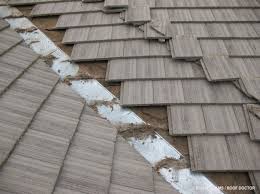
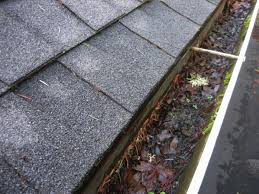
It would seem logical, having discussed drainage maintenance, to keep your gutters and roof valleys free of blockages to prevent water damage. Many homeowners regularly schedule cleaning of the gutters for the spring or early summer of every year and consider that to be enough. However, after long bouts or rain, snow and heavy winds, leaves and gunk get stuck in those hard-to-reach areas and need to be removed if proper drainage is to be expected. This often means checking those areas between yearly cleaning appointments to make sure water can get through smoothly. If you notice rain is NOT getting through the gutters from the roof to the ground, then you probably have a blockage. Similarly, to ponding (and often resulting in it), not addressing these obstructions leads to roof degradation, structural warping, and mold growth.
When did you last have your roof replaced?
Most roof life expectancies are 25-35 years and depending how the current and previous owners have taken care of them, those roofs can endure for longer or shorter periods of time. Also, to take into consideration is whether the old roof was removed, and you only have one layer of shingles, and if it is properly ventilated. You will probably need a new roof if the current one was installed over another layer or several layers and is older than 20 years.
Have you had leaks or repairs in the past?
Having leaks occasionally, is not necessarily indicative of needing to replace it, but it does mean you should contact a trained professional to look at it, because something isn’t right, and the likeliness is very slight that the problems are just going to resolve themselves.
Even if you can recognize a simple problem like a cracked or missing shingle, with the increased precipitation in the forecasts this year, its better to be safe than sorry. Have one of our professionals consult, diagnose and treat the problem, whether the prognosis is a minor procedure or a complete overall. That way, when the rain comes, you will be safe, warm, dry, and prepared.
Need help? Contact Clean Roofing for a Free Analysis at 888-336-2115
Posted by: Clean Roofing
New Website
We’ve just launched our new website, so we are still working out the kinks! Let us know if you spot any issues or errors. We appreciate your input.




 888-336-2115
888-336-2115


